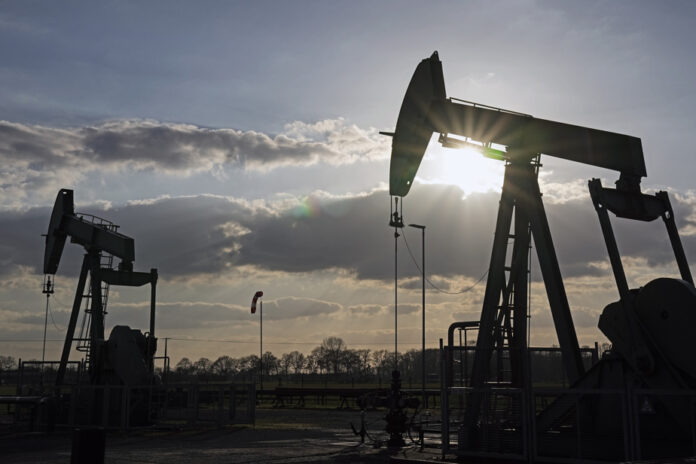(New York) Oil prices retreated slightly on Wednesday after a weaker-than-expected reduction in US crude reserves and a further hike in US Federal Reserve (Fed) rates, already anticipated by the markets.
A barrel of Brent from the North Sea, for delivery in September, fell 0.86% to 82.92 dollars.
Its American equivalent, a barrel of West Texas Intermediate (WTI), for delivery the same month, lost 1.06% to 78.78 dollars.
After four consecutive sessions of increases, Brent rose to 83.87 dollars on Tuesday and WTI to 79.90 dollars, highs since April.
Boosted in particular by voluntary production cuts by members of the Organization of the Petroleum Exporting Countries and its partners (OPEC), prices stalled after the Fed’s decision to raise federal funds rates further by 25 basis points. They are now at their highest since 2001 between 5.25% and 5.50%.
This rate hike by the U.S. central bank was widely expected by investors, but the question is how much more rate hikes are possible in the coming months as inflation bends in the United States. United and the economy is showing signs of weakness. Jerome Powell, the head of the Fed, just indicated that the central bank had not yet decided whether it would raise rates at the next meeting in September or not.
Crude prices were also influenced by a lesser-than-expected reduction in US commercial crude reserves, according to weekly data released by the US Energy Information Administration (EIA).
During the week ended July 21, these stocks contracted by 600,000 barrels, while analysts expected a reduction of 2.2 million barrels, according to a consensus established by the Bloomberg agency.
“Crude prices eased after the EIA report on crude oil inventories” which “decline less than expected, as rising gasoline prices weighed on demand,” said Edward Moya of Oanda.
Market caution also pushed gas prices down.
The Dutch TTF futures contract, the benchmark for the European market, for August fell to 28.85 euros per megawatt hour (MWh), down sharply after taking off since mid-July.
Prices remain up over a week “due to heat waves in Italy, Greece and Spain”, lists Masanori Odaka, an analyst at Rystad Energy.
High temperatures encourage the use of air conditioners and therefore increase electricity consumption, increasing the demand for natural gas to produce electricity.















